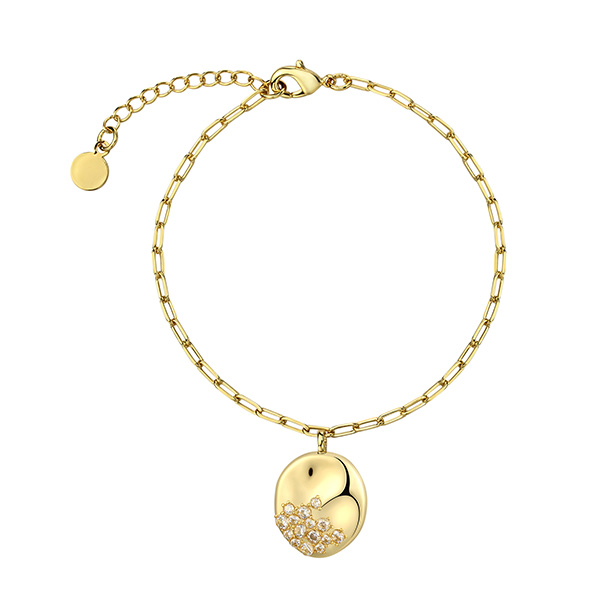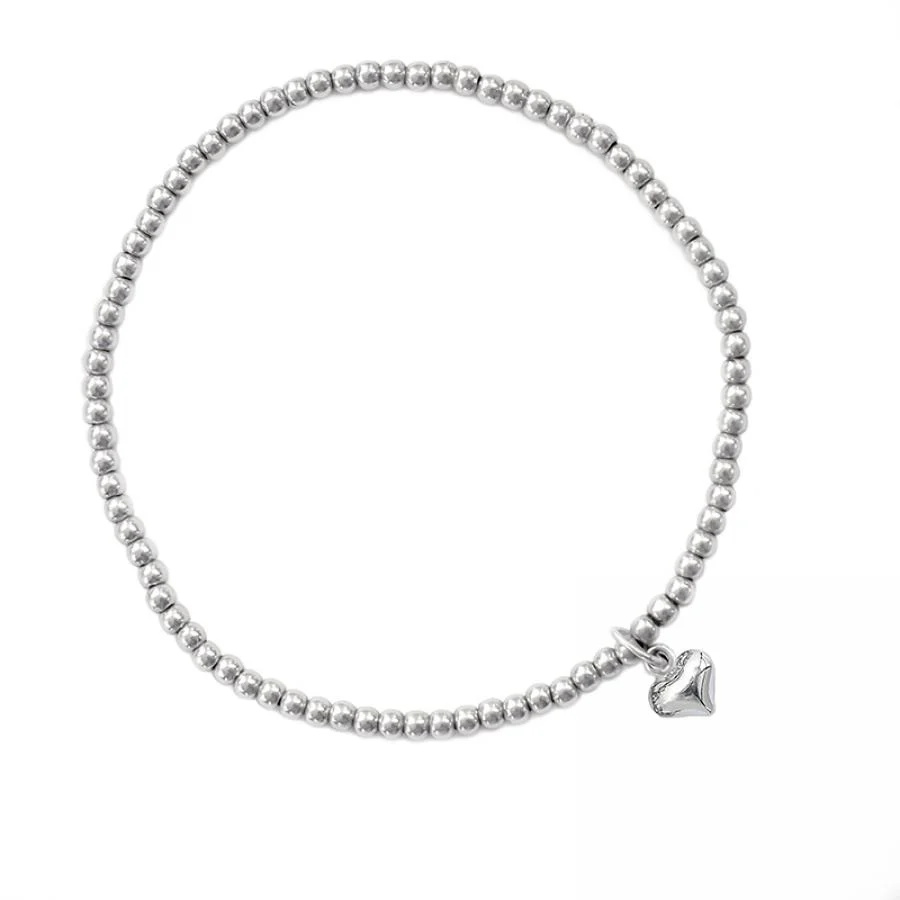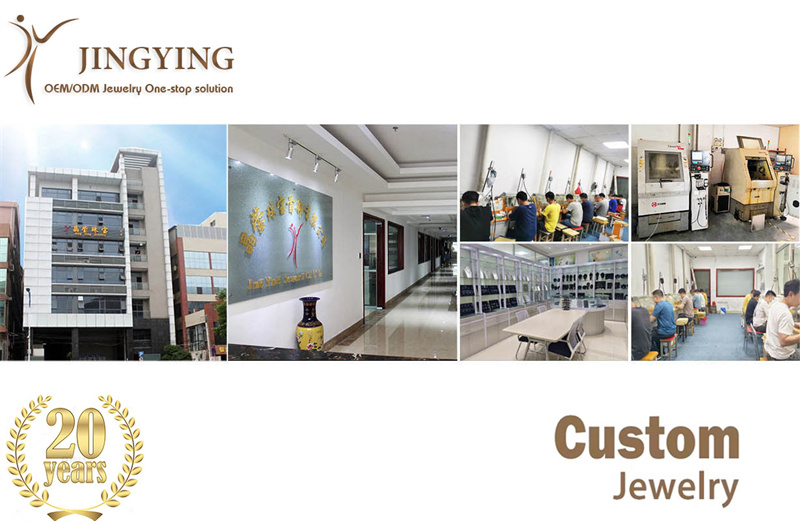Rhodium-Plated Jewelry vs. Gold-Plated Jewelry: A Comprehensive Guide
Introduction: The World of Plated Jewelry
In the fascinating realm of jewelry manufacturing and consumption, plated jewelry represents a perfect marriage of accessibility and luxury. Rhodium plating and gold plating stand as two of the most popular finishing techniques in the industry, each offering distinct advantages and characteristics that cater to different market segments and consumer preferences. This comprehensive 5000-word guide delves deep into the science, aesthetics, durability, and commercial considerations of both plating types, providing jewelry enthusiasts, manufacturers, and retailers with everything they need to make informed decisions.
The global plated jewelry market continues to show robust growth, with an estimated value of $32.8 billion in 2024, driven by consumer demand for affordable luxury and fashion-forward accessories. Understanding the nuances between rhodium and gold plating is crucial for anyone involved in the jewelry ecosystem, from designers and manufacturers to retailers and end consumers.
1. The Science of Plating: Understanding the Process
1.1 Electroplating Fundamentals
Both rhodium and gold plating utilize the electrochemical process of electroplating, though with significant differences in implementation and outcome.
The Electroplating Process:
- Surface Preparation: Cleaning, polishing, and electrocleaning
- Activation: Acid dipping to remove oxides and ensure adhesion
- Strike Layer: Initial thin plating for base adhesion
- Main Plating: Application of the primary plating layer
- Post-treatment: Sealing, lacquering, or additional finishing
Key Technical Parameters:
| Parameter | Rhodium Plating | Gold Plating |
|---|---|---|
| Bath Temperature | 40-50°C | 45-60°C |
| Current Density | 1-10 A/dm² | 0.1-1.0 A/dm² |
| Plating Time | 1-5 minutes | 10-60 minutes |
| Typical Thickness | 0.75-1.5 microns | 0.5-5.0 microns |
1.2 Material Composition
Rhodium Characteristics:
- Element: Rh (Atomic Number 45)
- Source: Platinum group metal
- Natural Color: Brilliant white
- Hardness: 800-1000 HV (Vickers)
- Rarity: One of the rarest elements in Earth’s crust

Gold Plating Composition:
- Karat Variants: 10k, 14k, 18k, 22k, 24k
- Color Variations: Yellow, rose, white gold
- Alloy Components: Silver, copper, zinc, palladium
- Purity Standards: Governed by international regulations

2. Aesthetic Properties and Visual Appeal
2.1 Color and Finish Characteristics
Rhodium Plating Appearance:
- Color: Cool, brilliant white with blue undertones
- Reflectivity: 80-85% (higher than silver or white gold)
- Finish Options: Mirror bright, satin, brushed
- Color Consistency: Excellent batch-to-batch consistency
Gold Plating Aesthetics:
- Color Range: Warm yellow to rosy pink depending on alloy
- Reflectivity: 70-75% (warmer, softer appearance)
- Finish Variety: High polish, matte, antique finishes
- Color Variation: Can vary between batches due to alloy mix
2.2 Design Versatility
Rhodium’s Design Strengths:
- Excellent for modern, contemporary designs
- Enhances diamond and white gemstone settings
- Creates striking contrast in mixed-metal designs
- Ideal for architectural and geometric styles
Gold Plating Design Applications:
- Perfect for traditional and classic designs
- Complements warm-toned gemstones
- Excellent for vintage and antique reproductions
- Warmth appeals to diverse skin tones
3. Durability and Wear Resistance
3.1 Hardness and Scratch Resistance
Material Hardness Comparison:
- Rhodium: 800-1000 HV
- 24k Gold: 25-30 HV
- 18k Gold: 125-150 HV
- 14k Gold: 140-170 HV
- Sterling Silver: 75-85 HV
Practical Implications:
- Rhodium is significantly more scratch-resistant
- Gold plating shows wear more quickly on high-friction areas
- Rhodium maintains its appearance longer with daily wear
- Both benefit from proper care and maintenance
3.2 Corrosion and Tarnish Resistance
Rhodium Performance:
- Completely tarnish-resistant
- Impervious to most chemicals and environmental factors
- Does not react with skin acids or perspiration
- Maintains brightness indefinitely under the plating layer
Gold Plating Vulnerabilities:
- Higher karat gold (24k) is relatively pure but soft
- Lower karat gold may tarnish due to alloy metals
- Vulnerable to chlorine and certain chemicals
- May react with skin chemistry over time
3.3 Lifespan Expectations
Typical Lifespan Under Normal Wear:
| Plating Type | Average Lifespan | Key Factors |
|---|---|---|
| Rhodium (0.75μm) | 12-24 months | Wear frequency, friction points |
| Rhodium (1.5μm) | 24-48 months | Care regimen, storage conditions |
| Gold (0.5μm) | 6-18 months | Karat quality, base metal |
| Gold (2.5μm) | 24-36 months | Skin chemistry, maintenance |
| Heavy Gold (5.0μm) | 36-60 months | Usage patterns, environmental factors |
4. Base Metal Considerations
4.1 Common Base Metals and Compatibility
Sterling Silver Base:
- Rhodium Plating: Excellent compatibility, enhances durability
- Gold Plating: Good adhesion, may require barrier layers
- Both: Silver provides stable, non-reactive foundation
Brass and Copper Bases:
- Rhodium Plating: Requires nickel or palladium barrier
- Gold Plating: Direct plating possible with proper preparation
- Considerations: Base metal may show through over time
Stainless Steel:
- Rhodium Plating: Challenging due to passive surface layer
- Gold Plating: Requires specialized activation processes
- Both: Offer excellent durability when properly plated
4.2 Plating Thickness Standards
Industry Standard Thickness Ranges:
| Classification | Rhodium Thickness | Gold Thickness |
|---|---|---|
| Light Plating | 0.1-0.25 microns | 0.5-1.0 microns |
| Commercial Grade | 0.25-0.75 microns | 1.0-2.5 microns |
| Heavy Plating | 0.75-1.5 microns | 2.5-5.0 microns |
| Luxury Grade | 1.5-2.5 microns | 5.0+ microns |
5. Hypoallergenic Properties and Skin Safety
5.1 Allergenic Potential
Rhodium Plating Safety:
- Naturally hypoallergenic
- Excellent barrier against nickel and other allergens
- Recommended for sensitive skin
- Medical grade used in some applications
Gold Plating Considerations:
- Pure gold is hypoallergenic
- Alloy metals in lower karat gold may cause reactions
- Quality of plating affects skin safety
- Thicker plating provides better protection
5.2 Medical and Sensitive Skin Applications
Recommended Practices:
- Rhodium plating over nickel-containing bases for safety
- Heavy gold plating (2.5+ microns) for gold pieces
- Always disclose base metal composition
- Offer nickel-free options for sensitive customers
6. Cost Analysis and Economic Considerations
6.1 Production Costs
Material Cost Comparison:
- Rhodium: $200-300 per troy ounce (high volatility)
- Gold: $1,800-2,200 per troy ounce (market dependent)
- Processing Costs: Similar for both plating types
Manufacturing Cost Factors:
- Rhodium requires more precise process control
- Gold plating allows for greater thickness variations
- Both require skilled technicians and quality control
- Equipment costs comparable for standard operations
6.2 Retail Pricing Strategy
Typical Markup Structures:
- Rhodium-plated jewelry: 5-8x production cost
- Gold-plated jewelry: 4-7x production cost
- Both influenced by brand positioning and market segment
Price Point Examples:
| Item Type | Rhodium-Plated Retail | Gold-Plated Retail |
|---|---|---|
| Stud Earrings | $25-50 | $30-60 |
| Pendant Necklace | $45-90 | $50-100 |
| Statement Ring | $65-130 | $75-150 |
| Cuff Bracelet | $85-170 | $95-190 |
7. Maintenance and Care Requirements
7.1 Cleaning Protocols
Rhodium-Plated Jewelry Care:
- Cleaning: Mild soap and warm water solution
- Drying: Soft, lint-free cloth immediately after cleaning
- Polishing: Generally not required, avoid abrasive polishes
- Frequency: Monthly for regularly worn pieces
Gold-Plated Jewelry Maintenance:
- Cleaning: Specialized gold cleaning solutions
- Drying: Complete drying to prevent water spots
- Polishing: Gentle polishing with appropriate cloths
- Frequency: Bi-weekly for optimal appearance
7.2 Storage and Handling
Best Practices for Both:
- Store in airtight containers or anti-tarnish bags
- Keep separate from other jewelry to prevent scratching
- Avoid exposure to humidity and direct sunlight
- Remove before swimming, cleaning, or exercising
7.3 Professional Maintenance
Replating Considerations:
- Rhodium Replating: Typically needed every 1-3 years
- Gold Replating: Usually required every 6-24 months
- Cost: $20-100 per piece depending on size and complexity
- Availability: Most jewelers offer replating services
8. Market Positioning and Consumer Preferences
8.1 Target Demographics
Rhodium-Plated Jewelry Appeal:
- Age: 20-45 years
- Style Preference: Modern, contemporary aesthetics
- Price Sensitivity: Medium to high
- Values: Durability, modern appearance, hypoallergenic properties
Gold-Plated Jewelry Market:
- Age: 25-55 years
- Style Preference: Traditional, classic, vintage
- Price Sensitivity: Medium
- Values: Warmth, tradition, luxury appearance
8.2 Geographic Preferences
Regional Variations:
- North America: Balanced preference, trend toward rhodium
- Europe: Strong tradition for gold, growing rhodium market
- Asia: Predominantly gold preference, especially in traditional markets
- Emerging Markets: Gold maintains strong cultural significance
9. Environmental and Ethical Considerations
9.1 Environmental Impact
Mining and Production:
- Rhodium: Energy-intensive mining, limited recycling
- Gold: Significant environmental impact, improving practices
- Both: Moving toward more sustainable production methods
Recycling and Sustainability:
- Gold has well-established recycling infrastructure
- Rhodium recycling growing but less developed
- Both industries improving environmental practices
- Consumer demand driving sustainable initiatives
9.2 Ethical Sourcing
Certification and Standards:
- Fairmined Gold certification available
- RJC (Responsible Jewellery Council) certification
- Conflict-free sourcing initiatives
- Transparency in supply chains
10. Industry Trends and Future Developments
10.1 Technological Advancements
Plating Innovations:
- Nano-plating technologies for improved durability
- Environmentally friendly plating solutions
- Advanced quality control and thickness monitoring
- Automated plating systems for consistency
Material Developments:
- New alloy combinations for enhanced properties
- Improved barrier layers for longer lifespan
- Sustainable sourcing initiatives
- Advanced recycling technologies
10.2 Market Evolution
Consumer Trends:
- Growing demand for transparency in materials
- Increased interest in sustainable and ethical production
- Personalization and customization preferences
- Mixed-metal and innovative design approaches
Industry Response:
- Improved certification and disclosure standards
- Development of more durable plating formulations
- Expansion of replating and maintenance services
- Educational initiatives for consumer awareness
11. Making the Right Choice: Decision Framework
11.1 When to Choose Rhodium Plating
Optimal Applications:
- For customers with metal sensitivities or allergies
- Modern, contemporary design aesthetics
- Pieces with high wear potential (rings, bracelets)
- When maintaining bright white appearance is priority
- For enhancing diamond and white gemstone settings
Business Considerations:
- Lower long-term maintenance for customers
- Consistent color and appearance
- Strong market positioning for modern brands
- Excellent for fashion and trend-focused collections
11.2 When Gold Plating is Preferable
Ideal Use Cases:
- Traditional and classic design styles
- Warm, luxurious appearance desired
- Cultural and ceremonial jewelry
- When budget constraints limit solid gold options
- Vintage and antique-style reproductions
Commercial Advantages:
- Broad consumer appeal and recognition
- Cultural significance in many markets
- Warmth complements various skin tones
- Established market position and understanding
11.3 Hybrid Approaches
Strategic Combinations:
- Rhodium accents on gold-plated pieces
- Mixed collections offering both options
- Layering both types for fashion-forward looks
- Seasonal variations in plating choices
Conclusion: Balancing Beauty, Durability, and Value
The choice between rhodium plating and gold plating represents more than a simple aesthetic preference—it’s a strategic decision that impacts durability, maintenance requirements, market positioning, and customer satisfaction. Both plating methods offer unique advantages that make them suitable for different applications, market segments, and consumer preferences.
Rhodium plating excels in providing brilliant white appearance, exceptional durability, and hypoallergenic properties, making it ideal for modern designs and customers with sensitive skin. Its scratch resistance and tarnish-proof characteristics ensure lasting beauty with minimal maintenance.
Gold plating offers timeless warmth and traditional luxury appeal, with the flexibility of various karat options and color variations. While it may require more frequent care and maintenance, its cultural significance and warm aesthetic continue to make it a popular choice across diverse markets.
For jewelry businesses and consumers alike, the optimal choice depends on specific needs, preferences, and circumstances. Many successful jewelry brands strategically incorporate both plating types within their collections, using each where its unique properties align with design intentions and market demands.
Ultimately, understanding the characteristics, maintenance requirements, and appropriate applications of both rhodium and gold plating enables informed decisions that balance beauty, durability, and value—whether creating jewelry collections or building a personal jewelry wardrobe.
